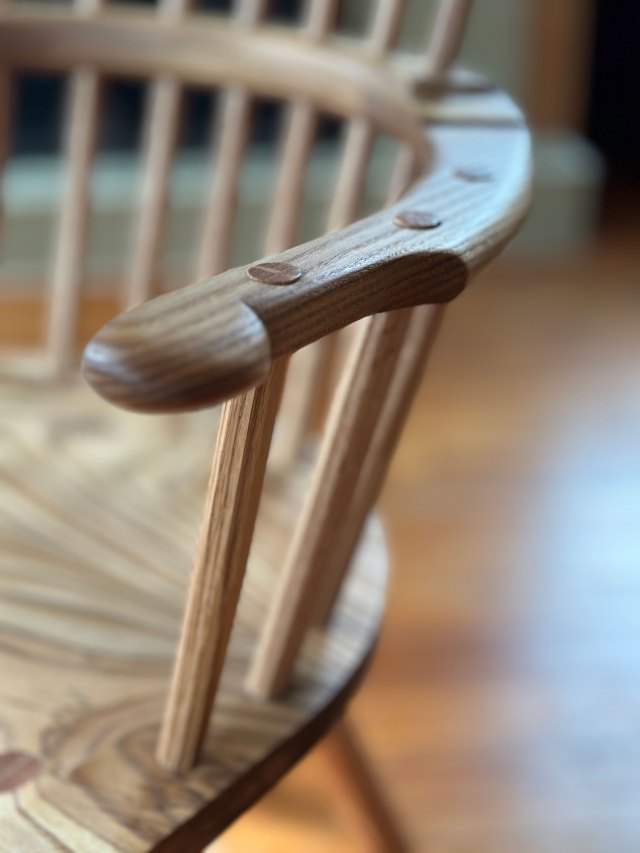We’ve just received 11 pallets of “The Anarchist’s Tool Chest: Revised Edition” and we are busy shipping them out to customers.
Oh, and we also re-released the original ATC T-shirt in red (union made in the United States). You can snag one here.
Fourteen years after the release of “The Anarchist’s Tool Chest,” Christopher Schwarz spent almost a year revising every sentence and idea in the book. The result is a text that is even more pointed than the original. The message: Buy good tools (here’s how). Build a chest to protect them. And while you’re at it… quit corporate America.
“The Anarchist’s Tool Chest: Revised Edition,” paints a world where woodworking tools are at the center of an ethical life filled with creating furniture that will last for generations. It makes the case that you can build almost anything with a kit of fewer than 50 high-quality tools, and it shows you how to select real working tools, regardless of their vintage or brand name.
“The Anarchist’s Tool Chest: Revised Edition” will guide you in building a proper chest for your toolkit that follows the ancient rules that have been forgotten or ignored. And it makes the argument that building a chest and filling it with the right tools just might be the best thing you can do to save our craft.
About the Revised Edition
For the revised edition, Schwarz went through the list of tools he recommended in the original text and tightened it up. And after building the chest over and again with students, Schwarz (and his shopmate Megan Fitzpatrick) came up with many ways to make construction of the chest easier – without sacrificing strength or beauty. He rebuilt the chest for the revised edition using these hard-won ideas and managed to create more space for tools, with easier ways to get at them.
The physical book has also been improved. Like the original, “The Anarchist’s Tool Chest: Revised Edition” is printed entirely in the United States using domestic materials. For the revised edition, we upgraded the paper’s weight and its smoothness. The result is type and photos that are crisp, with deep blacks and a full tonal range of grays.
We also redesigned the interior pages from scratch, using a larger, more readable typeface and greatly improved line spacing. (The original edition was supposed to look like a manifesto, using free fonts plus an intentionally amateurish design scheme. It indeed looked like a manifesto – but the text was a little difficult to read for older eyes.) The revised edition uses a very readable Garamond Premier Pro 12 point type.
Despite all the physical upgrades to the book (including some nice printed endsheets), we decided to keep the book at the old retail price of $51.
Like this:
Like Loading...











